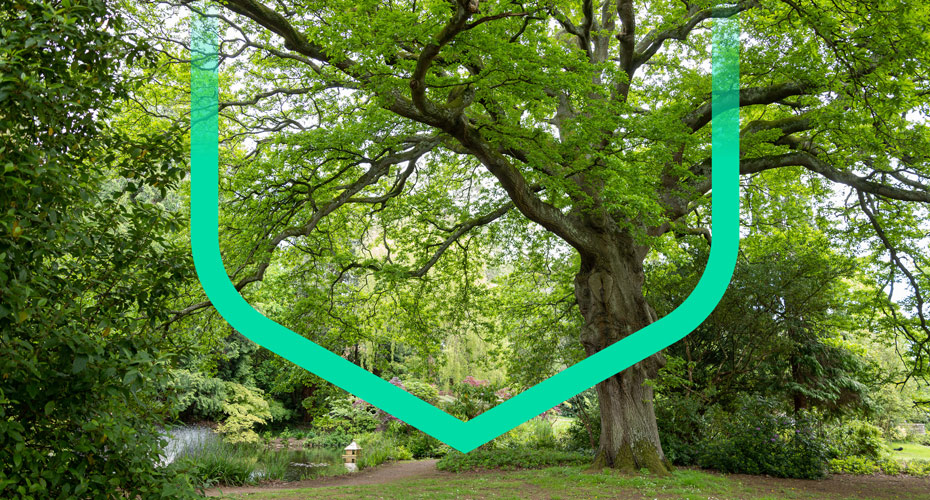Sound Trail
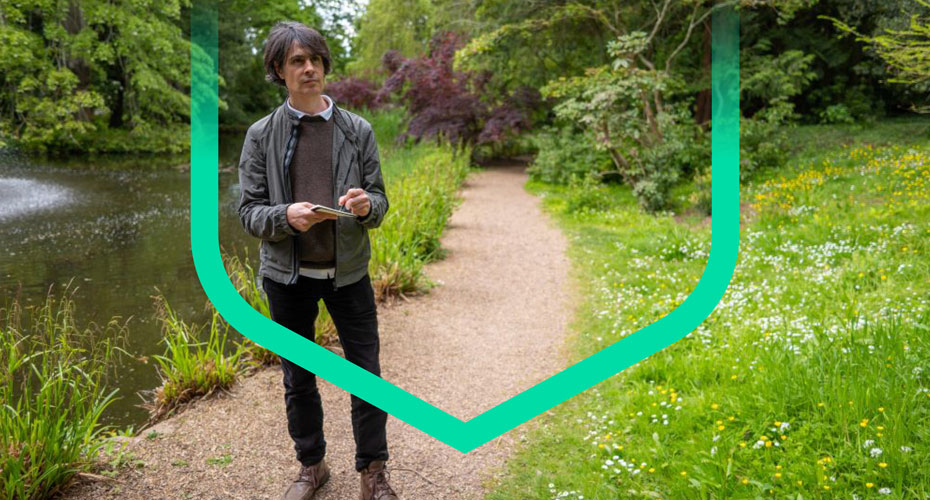
In 2023 Poet Sean Borodale worked with students around Reed Hall
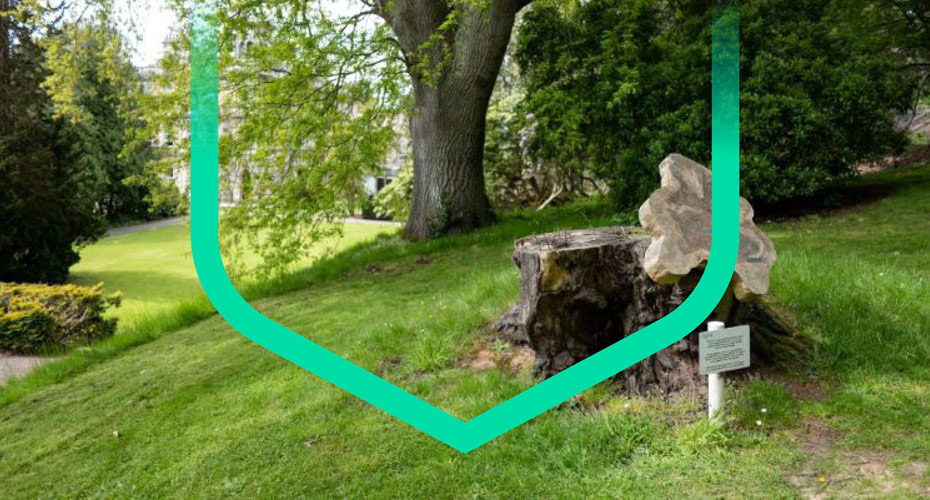
Listen to their poetry and the soundscape of Reed Hall
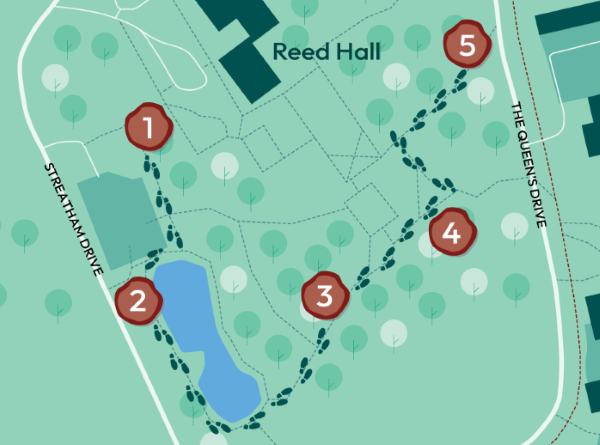
Biodiversity Sound Trail Map
We hope you enjoy our new Biodiversity Sound Trail. It combines factual information about the nature and wildlife around Reed Hall with poetry written and recorded by students.
Background
In 2023, students worked with award-winning eco poet Sean Borodale, on a poetic response to the natural surroundings and we have combined this with the ambient sound around Reed Hall: birds, people, wind and running water.
The trail focuses on trees and the life within them - we have over 10,000 trees from six continents on our grounds and 133 Champion Trees. They are managed by our Grounds team (more info can be found here). There are five posts in the trail, each with a leaf engraved on a plaque - see below for the names of the trees the leaves came from. The poems don't necessarily correspond to each leaf but are a response to the landscape in general.
Post 1 Cut Leaf English Oak (Quercus robur 'Filicifolia')
Post 2 Lucombe oak (Quercus × Hispanica Lucombeana Fulhamensis)
Post 3 Californian Nutmeg Tree (Torreya Californica)
Post 4 Yellow Paint Maple (Acer Pictum)
Post 5 Taiwanese Coffin Tree (Taiwania Cryptomerioides)
Trees around Reed Hall
Poem By Sean Borodale
The Sound Trail is a joint project between the Sustainability team, the Grounds team, Arts and Culture and students at Exeter. Sound Trail Posts: Green Space Photos: Jim Wileman Sound: Danny Cooke and Tim Stephens

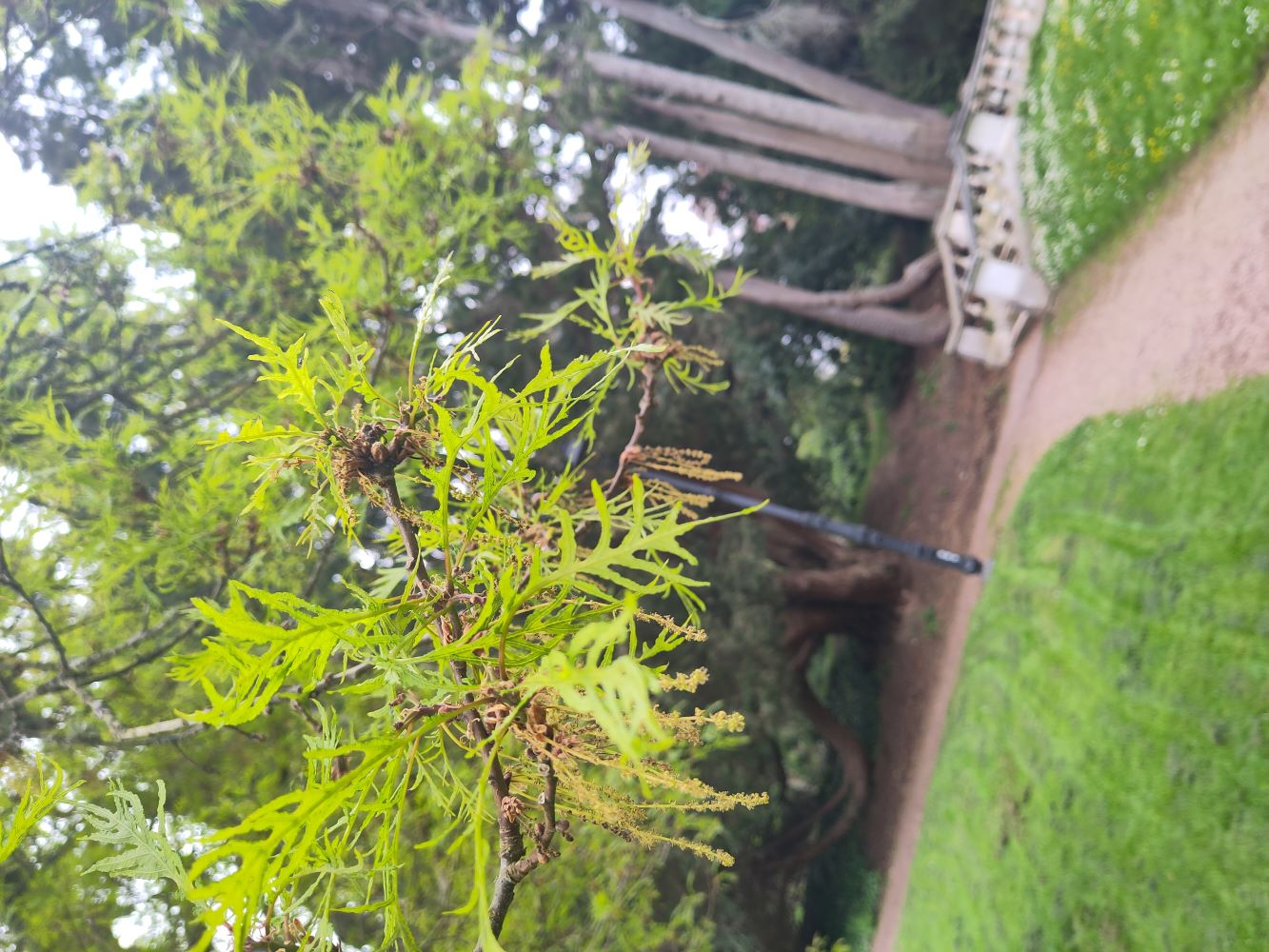
Introduced to this country in 1783, the Cut Leaf English Oak can live up to a whopping 1500 years! It’s considered more exotic than the common English Oak due to its fine fern-like leaves.
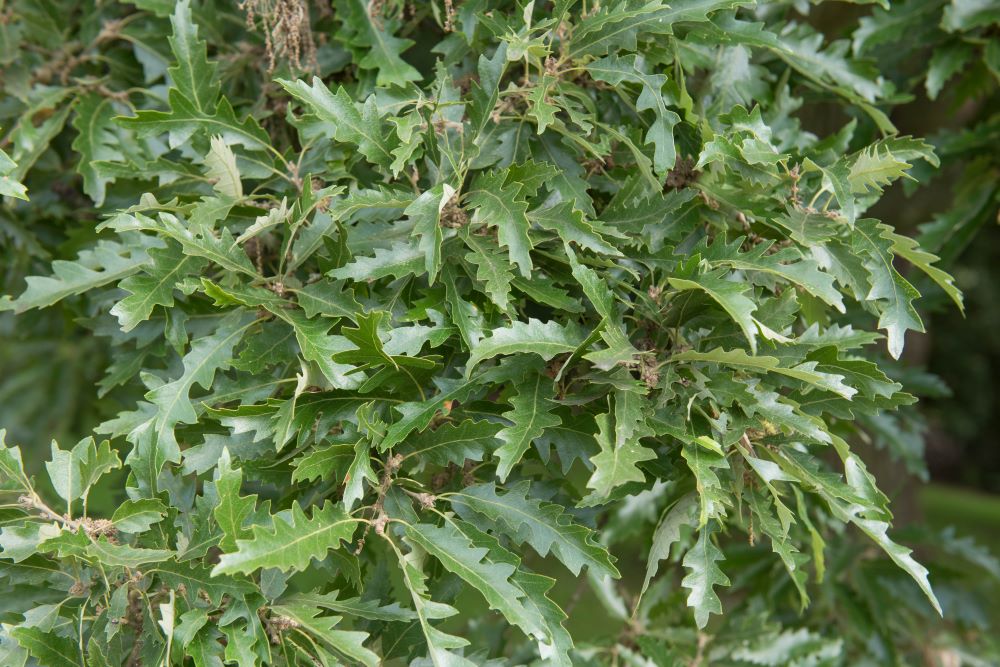
Originally created in a nursery in Exeter by Mr Lucombe in 1762, one of the early Lucombe Oaks went to Kew Gardens. The Lucombe Oak is very special. It is a semi-evergreen, which in itself is unusual as most trees are either deciduous or evergreen. Its most special characteristic is its corky bark.

The Californian Nutmeg Tree is a conifer that comes from, as its name suggests, California. The oil rich seeds are not related to a true nutmeg. This tree is often mistaken for our native Yew, but the needles are much spinier.
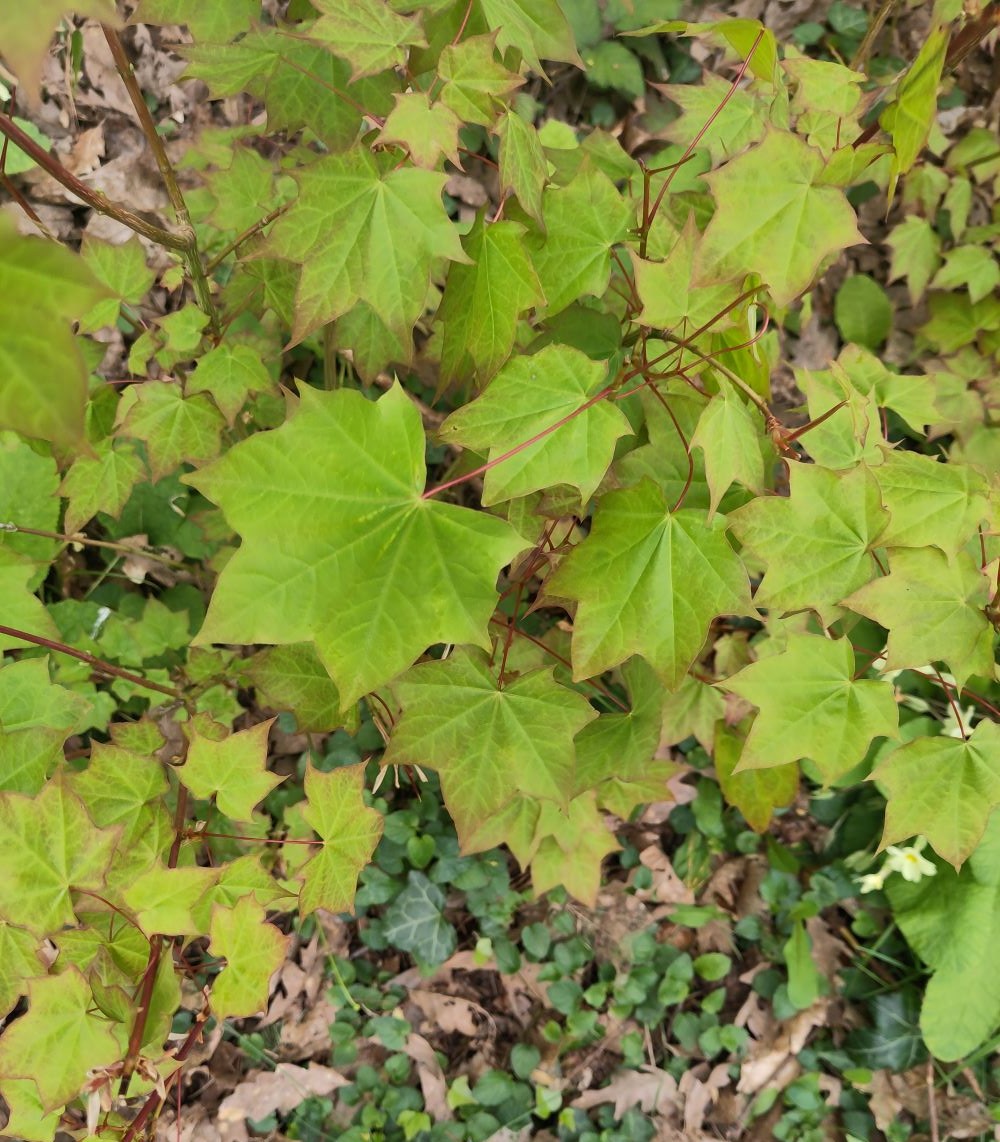
The Painted Maple is a a fast-growing, deciduous tree, with a spreading canopy, and glossy, dark green leaves, with 5 deeply-cut lobes tapering to sharp points, and turning golden-yellow in autumn. Upright greenish-yellow spring flowers in clusters are followed by brown winged fruits in autumn.
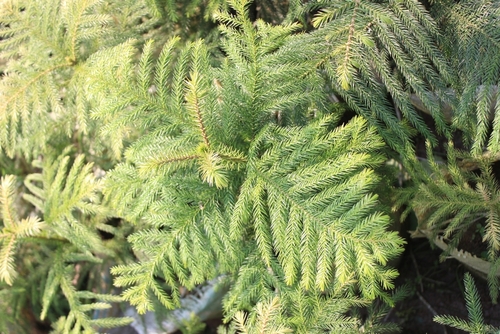
The Taiwanese Coffin Tree is not nearly as scary as it sounds! This is one of the largest trees in Asia - standing at nearly 200 feet tall and is part of the redwood family. Its wood is resistant to insects and fungi and its leaves are delicate and fernlike.
These are just some of our stunning trees on campus. They date back to the late 19th Century, when the first specimen trees were planted in the grounds of Streatham Hall (now Reed Hall) by Richard Thornton-West. He commissioned the Veitch family of nurserymen to supply and plant trees collected from throughout the world and cultivated at their Exeter and London nurseries. More info can be found here.
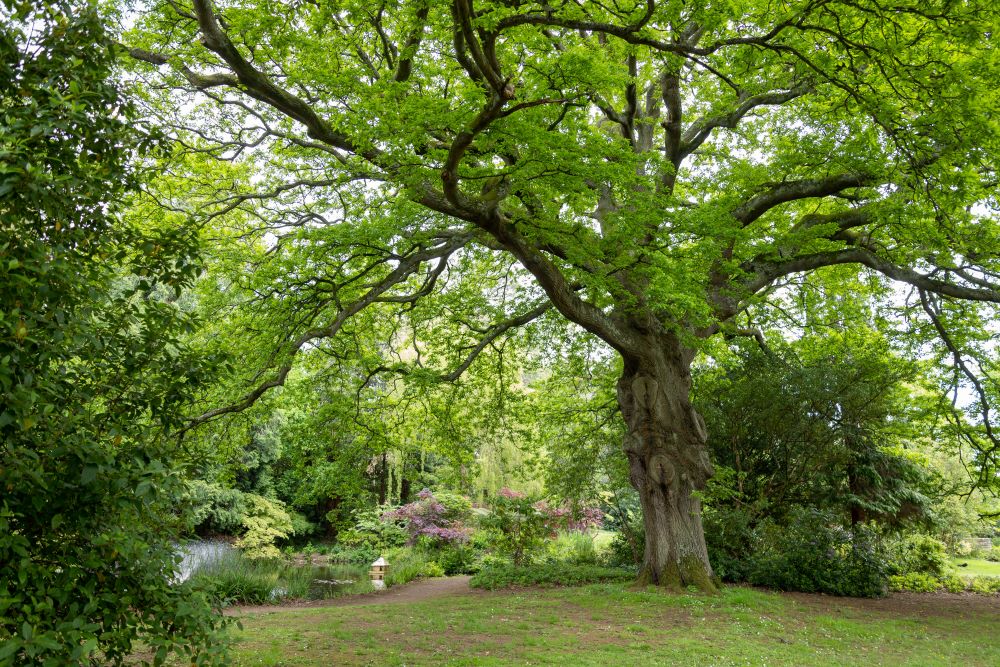
Poet Sean Borodale worked with students in the summer of 2023. They walked around the grounds focusing on Reed Hall, and took inspiration from the wildlife around them. 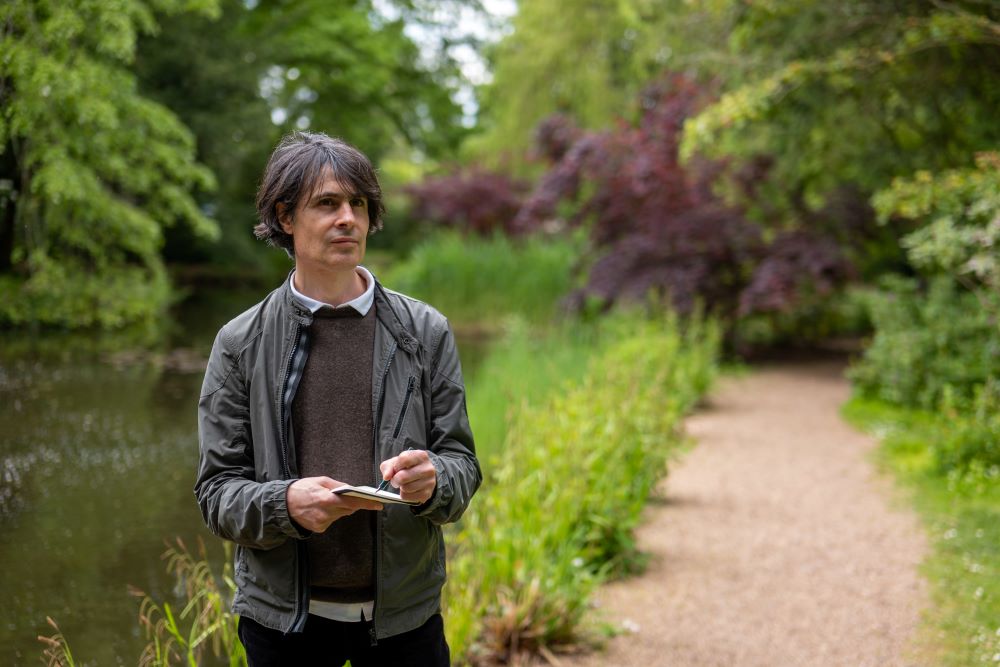
p>


